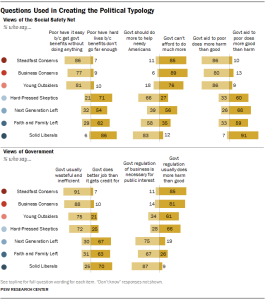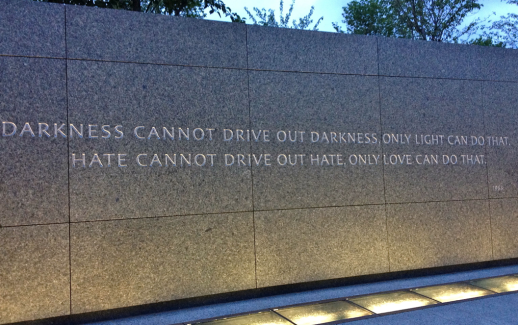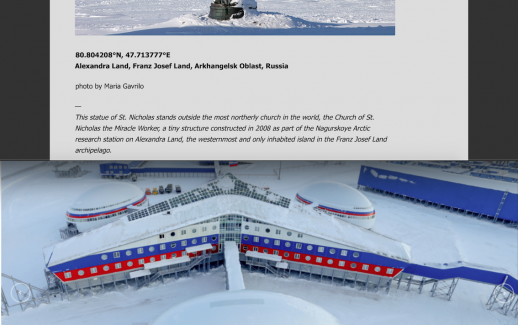Fundamental to both freedom and security is how well a population, its leaders, and its government know themselves and each other. Militarily, this is half of the classic Sun Tzu victory rule. One way leaders try to know this is by polling data, yet polling results also trickle into the presses and public awareness, offering the possibility of circular opinions rooted in the familiar that infect future surveys.
Below is a sample of the questions Pew Research used in surveys to create its 2014 Political Typology or classification of American political viewpoint identities by which it and its clients may “know self.”

The graphic shows a sample of 5 of many questions asked of randomly selected respondents. Much power over results is inherent in the framing, premises, and sequences of questions used.
While the designed series of 2-choice questions may provide a more nuanced typology or classification of American viewpoint identity, the questions offer dichotomous choices that do not ask people to think beyond them. This forces selection of one of two predetermined responses.
The real world of human beings isn’t dichotomous or constrained to seven types, but it is diverse, many-hued, multi factored, and changing. Still, Pew’s 2014 typology sought a more nuanced representation of political types using series of dichotomous questions.
Yet what people really think and feel about the polity and life lived in it would be a much deeper discussion with each respondent probing their personal memories, history, relationships, actions, and formative experiences. It is hard to crunch all of that into two choices, much less a data set, and it suggests that we skew reality with the results we order by our question premises.
It also works with what parties and their influencers create as limited choices. Such is a reversal of democratic input and of economic principles of supply meeting demand versus anti-competitive supply directing demand.
Regarding the survey, the dichotomies ask for so little thought that responses cannot reflect full lives lived in the answer-views selected. Put another way, people reform their views to the answer selections. In such situations it is hard to know what they mean.
In the graphic, notice the small grayscale line at the bottom that says: [“Don’t Know” responses not shown.] “Don’t know” responses could mean a lot of things, but they suggest that these respondents weren’t comfortable with either of the two given selections as true. If they cared enough to consider the question, they did not care for the answer choices.
For those who checked-off one of the two choices offered, they might ask how those offered choices got there. If it was from past surveys, is it possible that answers from past surveys biased choices presented to new respondents? Could this lead today’s respondents checking viewpoint responses that sound familiar to them and not because they actually hold them?
How good is policymaker comprehension of “self,” that is, the constituencies they are supposed to represent in office as if they were the constituency imbued in the representative person?
If there is poor understanding of constituencies on matters of freedom, security, and defense, one begins to see the vulnerability of ignorance demonstrated by President Vladimir Putin the dictator of Russia whose autocratic personality and example (recently admired by Xi Jinping as similar to his own) deterred his own people from passing the truth up the line.
No matter, right? The autocratic leadership model will make it up as it goes along, forcing the answers and ignoring reality until the reality they don’t know about themselves digs a sinkhole under the narrowly shared throne as did the second economy beneath the Soviet Union, and Vladimir Putin’s security state has done leading up to the Ukraine invasion.

